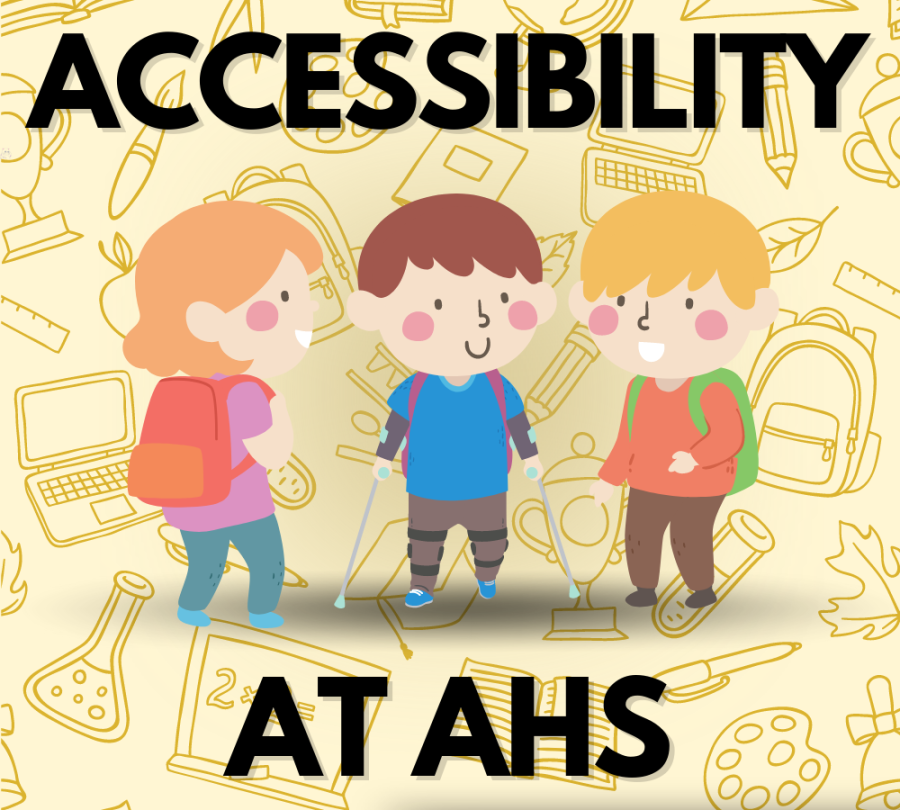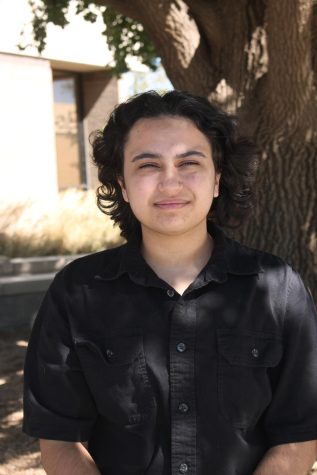The special needs students at the school are facing challenges as the school tries to meet the needs of those students. Both physical and classroom accommodations have yet to be fully met, which in turn is affecting the students. Updating and implementing these accommodations would yield improvement to the mobility and learning of the special needs students. Special ed students need better accommodations around campus, through both physical and technological accommodations, in order to make everyday life easier for both administration and students.
“Nothing in this campus is ADA compliant,” Special Ed teacher Kathryn Ham said. “Our bathrooms aren’t even handicap accessible, as far as the doors. There’s not a door on campus, [in] any building, that has a handicap button. We don’t really have that many students in wheelchairs, but even out in the general ed, [there are] students on 504 plans who need help with the doors.”
As well as the campus lacking handicap buttons on doors, non-able-bodied students or students with accommodations may find it difficult to get around certain parts of campus or up and down stairs. Although a ramp and elevator exist in the main building, both can be difficult for a student to use depending on their location in the school. The ramp is ADA compliant but sometimes too steep or long for crutches and the elevator is not centrally located. The special ed rooms do not have access to the basement which is a hindrance during weather events.
“If you’re in [the special ed] building, there’s not a ramp to get downstairs from here,” Special Ed teacher Erin Carlile says. “If there is a tornado drill and we have a student in a wheelchair, we have to take them outside, down through the hall, downstairs, and then back over here to where we’re supposed to be.”
Accessibility is not the only issue the special ed department is facing as they are seeing a lack of accommodation in the classrooms as well. Steps towards inclusivity will help both teachers and students alike throughout the day with the inclusion students.
“We don’t have a true co-teach model here,” Ham said. “It’s listed though. We have listed, ‘co-teach classes,’ but the model is not fully implemented [here]… A true co-teach model is actually having two teachers co-teaching together, and the special ed teacher accommodating to those students and providing special ed input… and when it’s done well, it’s really awesome.”
Although administration, counselors and principals acknowledge the needs of all students, ignorance exists in some teachers about the needs of special ed students. If possible, teachers may need to take courses in order to help educate themselves and improve their teaching strategies.
“I feel like our school isn’t as inclusive as it could be, especially to my kids,” Special Ed teacher Emily Roberts said. “Some teachers will interact and do better with students with lower needs. Our kids are really fun, but sometimes [other teachers] don’t see that.” Although some teachers lack an understanding of students and their possible necessities, most teachers are very accommodating and compassionate towards students’ needs, creating inclusivity and happiness among everyone.
“The idea is that a special ed student should not be treated any differently than anyone else,” technical theater director Michael Newman said. “I had a deaf-ed student in my one act play contest at one point; she was fantastic… They want to be there, they wanna be included, and they want to be a part of it and I fully support that… The bottom line is, if they’re physically able to do it, we’re going To make sure they’re going To have the opportunity to do it.”
While the administration understands the needs of all their students, especially those who require special needs, it may be in a teacher’s best interests to learn more on this matter while the school continues to accommodate as much as possible.
“I don’t think anybody is downright hateful about it,” Ham said. “[They need to] be more accommodating and know their student’s accommodations and implement fidelity. On the other hand, it’s really hard when you have ELL students, special ed students, and 40 other kids in a classroom, so I think overall they do pretty great.”


